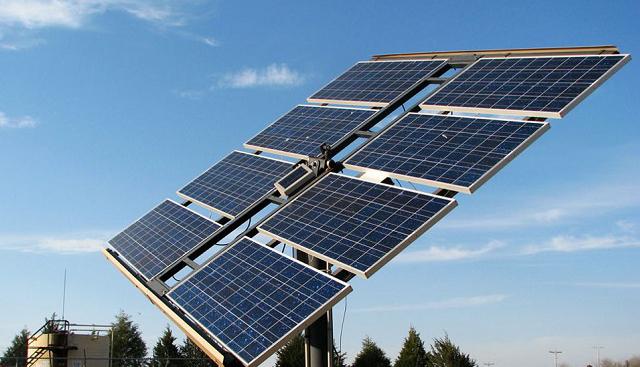How artificial intelligence can be used to identify solar panel defects
For example, if you're running a computer vision algorithm to identify solar panel defects, you're engaging in AI, ML, and CV. Instead, if you're translating words from English to Spanish using an algorithm, it's more likely to be AI or ML, not CV.
Most AI inspection projects in the solar panel industry are usually computer vision (CV) initiatives. This means that an algorithm uses images to identify defects in solar panels.
What is AI inspection?
The use of AI and CV in solar panel inspection is relatively new. Traditionally, solar park operators used a team of workers to manually inspect solar panels for defects. This process is slow, expensive and imprecise. All solar farm operators know that maintenance visits are extremely expensive and simply not feasible on a daily basis for an entire solar deployment.
To speed up the inspection process and improve accuracy, solar farm operators are turning to AI inspection. This involves the use of algorithms that can automatically detect solar panel defects from images.
This process is much faster and more accurate than manual inspection. Additionally, solar farm operators can use AI-assisted inspection to identify faulty panels before they are installed in the solar farm, and after they are already in operation.
How does AI inspection work?
Solar farms can use AI-assisted inspection in a number of ways. The most common way is through the use of an unmanned aerial vehicle (UAV) or drone. UAVs provide a contactless way for solar park operators to perform quality control of their solar panels using aerial imagery.
The images collected by a UAV over a solar park can be processed by an algorithm in the cloud or on the device. The results of the AI algorithm will indicate to the quality controller which photovoltaic panels have visible signs of faulty equipment.
By using automatic defect classification AI, quality controllers can reduce costs by inspecting their entire facility in a few hours instead of hiring someone for days to perform maintenance. Additionally, automatic identification of defective panels can speed up inspection time with location-based tagging, thereby improving efficiency.
What algorithms are used in the inspection of solar panels?
The most common type of algorithm used in solar panel inspection is a deep learning algorithm. Deep learning algorithms are a type of machine learning algorithm that uses a neural network to learn how to solve a task. Neural networks are made up of interconnected layers that can learn to recognize solar panel defects from images.

I learned how to write a batch file and then found out it was completely useless im just gonna turn on xiv
— ℂ𝕠𝕣𝕕𝕖𝕝𝕚𝕒 Wed Dec 30 02:06:31 +0000 2020
These deep learning networks require training data, which is large datasets of labeled images. In many cases, the solar park operator can provide these labeled images to the deep learning algorithm. On the other hand, an AI provider can provide these tagged images immediately.
In the case of the internal approach, this is done by creating a training dataset consisting of images containing solar panel defects, and also images without solar panel defects. The solar park operator will label each image as faulty or non-faulty so that the neural network learns to identify both types of panels.
Once the deep learning algorithm is trained, it can be used to inspect solar panels in images collected from a solar farm. The neural network will identify any solar panel defects in the image and provide a classification (defective or non-defective).
AI Inspection Challenges
Although AI inspection offers several advantages for solar panel inspection, there are some challenges that need to be overcome.
The first is the availability of training data. For a deep learning algorithm to learn to detect solar panel defects, it needs a large dataset of labeled images. This means that the solar farm operator has to provide a set of solar panel images containing solar panel defects and a set of solar panel images without defects.
The second challenge is the lack of standardization of solar panels. Solar farms can install hundreds or even thousands of different types and models of solar panels, each with its own characteristics such as size, shape, color, etc. Since the characteristics of solar panels can vary between solar farms, this could affect the effectiveness of a single deep learning algorithm across multiple solar installations.
The last challenge is in the accuracy of the model of the inspection results. Algorithms trained to detect solar panel defects will not be 100% accurate. This means that a small number of solar panels may be incorrectly classified as faulty. However, by using multiple deep learning models (trained on different data sets), the chances of misclassification can be minimized.
In general, AI is a very powerful tool for solar park operators and should be incorporated into their maintenance routine. Although there are some challenges, AI solar panel inspection will increase efficiency and reduce costs.
News taken from: pv magazine / Free translation from English by World Energy Trade
It may interest you:
renewable energysolar energyphotovoltaic park